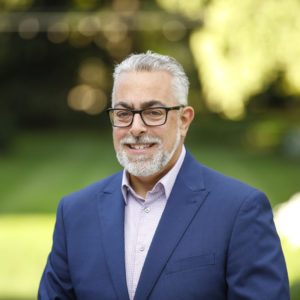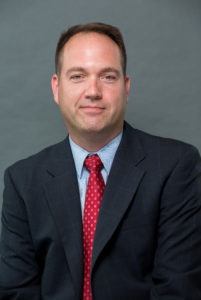Are we meeting the needs of LGBT seniors?
Perhaps you have seen the movie, Gen Silent, which has played in numerous cities around the country and most recently was available to download for a limited time from director Stu Maddox’s website. The movie provides a stark reminder that, though gay and lesbian people have made important strides in their struggle for civil rights, our aging services community has yet to catch up. Many service providers just aren’t familiar with LGBT (lesbian, gay, bisexual and transgender) people and their specific needs.
A 2011 report from the UCLA Center for Health Policy Research found that in California:
● More than 50 percent of older gay men lived alone as compared to 13 percent of heterosexuals.
● Lesbians were more likely than heterosexual women to live alone (28 percent versus 19 percent respectively).
● Older gay and bisexual men were more likely than heterosexual men to have heart disease and hypertension.
● Aging LGBT people were significantly more likely than older heterosexuals to feel psychological distress, have a physical disability or be in poor health.
These California findings match what is known about the LGBT community nationally, which is why the federal government in 2010 funded SAGE (Services and Advocacy for GLBT Elders) and 10 other organizations, including PHI, to launch the National Resource Center on LGBT Aging.
The National Resource Center has completed two training curricula: one supports aging advocates and service providers to meet the needs of LGBT clients; the other is aimed at LGBT service organizations that have until recently focused far more on the needs of younger LGBT populations than older adults in need of long-term services and supports. The goal of these curricula is to create more welcoming environments for elders who are LGBT.
As Gen Silent points out, many older LGBT people struggle with isolation and fear. Far fewer have children and grandchildren to support them—many have been alienated from their families for decades. When a partner dies, depression and loneliness become constant companions.
LGBT elders are fearful of reaching out to aging services organizations because they believe they may face ignorance—or worse yet, hostility. Having been discriminated against in their youth, they may not trust mainstream institutions. And often they are right—a recent study from the National Senior Citizens Law Center found that 43 percent of LGBT seniors surveyed had personally experienced at least one instance of mistreatment in an LTC facility as a result of sexual orientation.
LGBT seniors should not have to return to the closet to get the services they need—that is a hardship no one should endure. Like all elders, LGBT people want to be treated with dignity—to be able to share the stories of their lives, who they have loved, what they have experienced—without fear of judgment or discrimination. They want to be able to have visitors without hiding their relationships, to celebrate special occasions like birthdays and anniversaries, to be reminded of the communities and cultures they built throughout their lives.
Ultimately, LGBT elders want what we all want: to be ourselves and feel fully at home regardless of where that might be.
For more information, click here to visit the National Resource Center on LGBT Aging.
I Advance Senior Care is the industry-leading source for practical, in-depth, business-building, and resident care information for owners, executives, administrators, and directors of nursing at assisted living communities, skilled nursing facilities, post-acute facilities, and continuing care retirement communities. The I Advance Senior Care editorial team and industry experts provide market analysis, strategic direction, policy commentary, clinical best-practices, business management, and technology breakthroughs.
I Advance Senior Care is part of the Institute for the Advancement of Senior Care and published by Plain-English Health Care.
Related Articles
Topics: Advocacy










